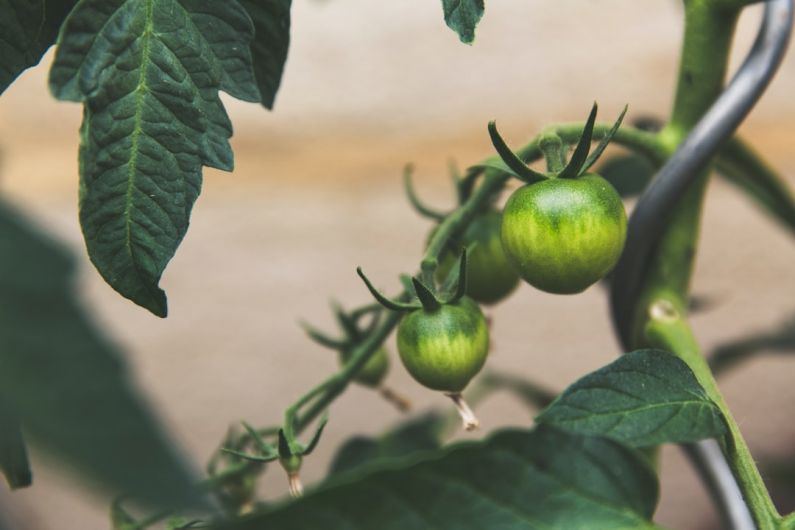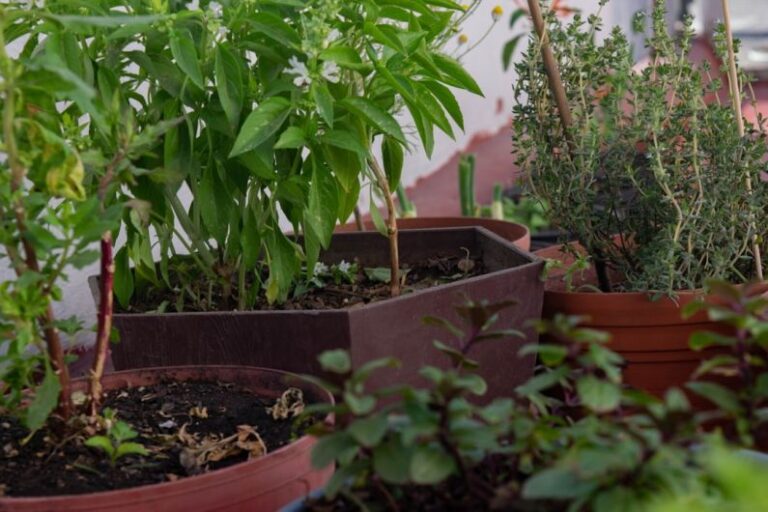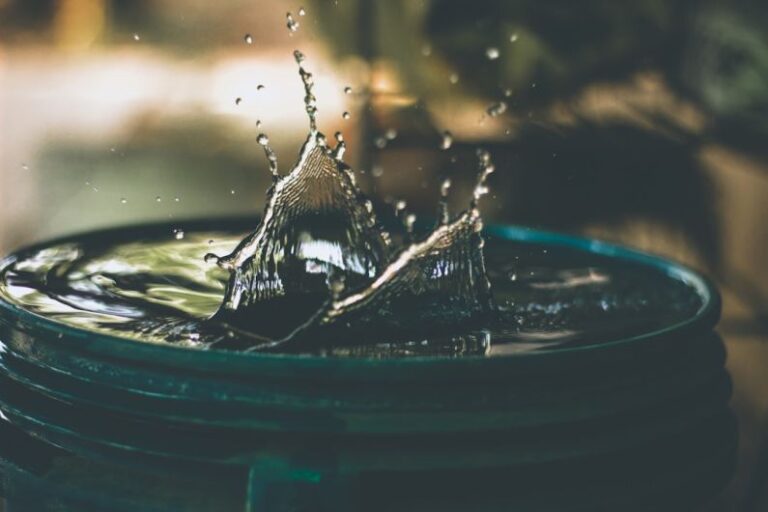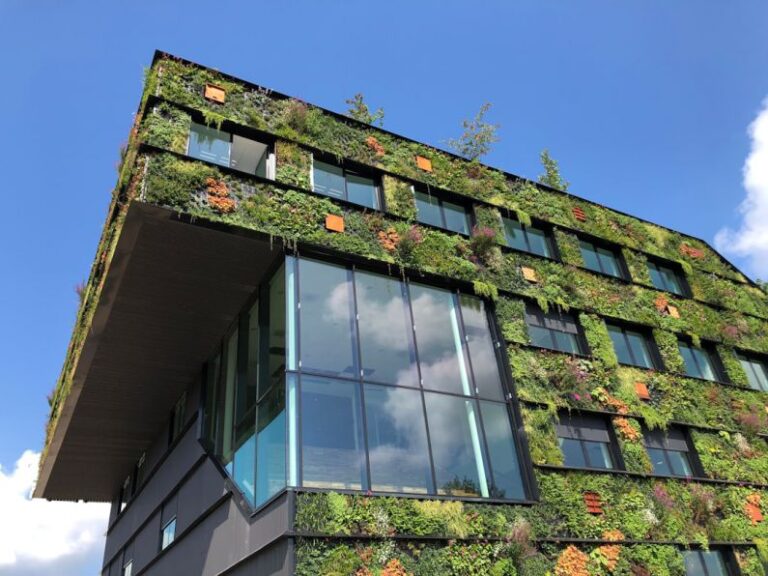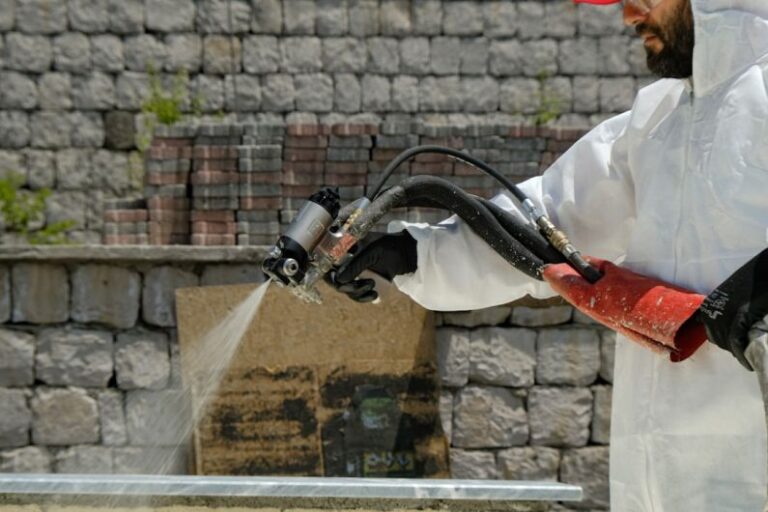Rainwater Harvesting Systems for Home Use
Rainwater harvesting is an ancient practice that has gained popularity in recent years as a sustainable way to conserve water and reduce utility costs. In areas where water scarcity is a concern, implementing a rainwater harvesting system at home can provide a reliable source of water for various domestic uses. These systems are easy to set up, environmentally friendly, and can significantly decrease your reliance on municipal water sources. Let’s explore the benefits and components of rainwater harvesting systems for home use.
Understanding Rainwater Harvesting
Rainwater harvesting involves collecting and storing rainwater that falls on your property for later use. This collected water can be used for a variety of purposes, such as watering plants, washing cars, flushing toilets, and even for drinking with proper filtration. By capturing rainwater, homeowners can reduce their water bills, conserve potable water resources, and decrease the strain on municipal water systems.
Components of a Rainwater Harvesting System
1. Roof Collection System
The roof of your home serves as the primary collection surface for rainwater. As rain falls on the roof, gutters and downspouts direct the water towards a storage tank or barrel for later use. It is essential to ensure that your roof material is suitable for collecting rainwater and that the gutters are clean and free of debris to prevent contamination of the harvested water.
2. Storage Tank or Barrel
A storage tank or barrel is used to hold the collected rainwater until it is needed. These containers come in various sizes and materials, such as plastic, fiberglass, or concrete. The size of the storage tank will depend on the amount of rainwater you want to collect and the space available on your property. It is crucial to install a filtration system to remove debris and contaminants from the collected water before storing it.
3. Filtration System
To ensure the quality of the harvested rainwater, a filtration system is necessary to remove leaves, twigs, insects, and other debris that may have accumulated on the roof or in the gutters. Additionally, a first-flush diverter can be installed to divert the initial runoff, which may contain higher concentrations of pollutants, away from the storage tank.
Benefits of Rainwater Harvesting
1. Cost Savings
By using harvested rainwater for non-potable purposes like irrigation and household chores, homeowners can significantly reduce their water bills. Rainwater is free and abundant, making it a cost-effective alternative to using municipal water for various household needs.
2. Environmental Impact
Rainwater harvesting helps to reduce the demand for potable water from municipal sources, thereby conserving natural resources and reducing the energy required for water treatment and distribution. Additionally, capturing rainwater can help mitigate stormwater runoff, which can lead to soil erosion and water pollution.
3. Water Conservation
In regions where water scarcity is a concern, rainwater harvesting can help supplement traditional water sources and reduce the strain on local water supplies. By using rainwater for non-potable purposes, homeowners can contribute to water conservation efforts and promote sustainable water management practices.
Conclusion: Embracing Rainwater Harvesting for Sustainable Living
Rainwater harvesting systems offer a practical and sustainable solution for homeowners looking to reduce their water consumption, lower utility costs, and lessen their environmental impact. By implementing a rainwater harvesting system at home, you can take a proactive step towards water conservation and contribute to a more sustainable future. Consider the benefits and components of rainwater harvesting systems discussed above to start harnessing the power of rainwater for your domestic needs.
